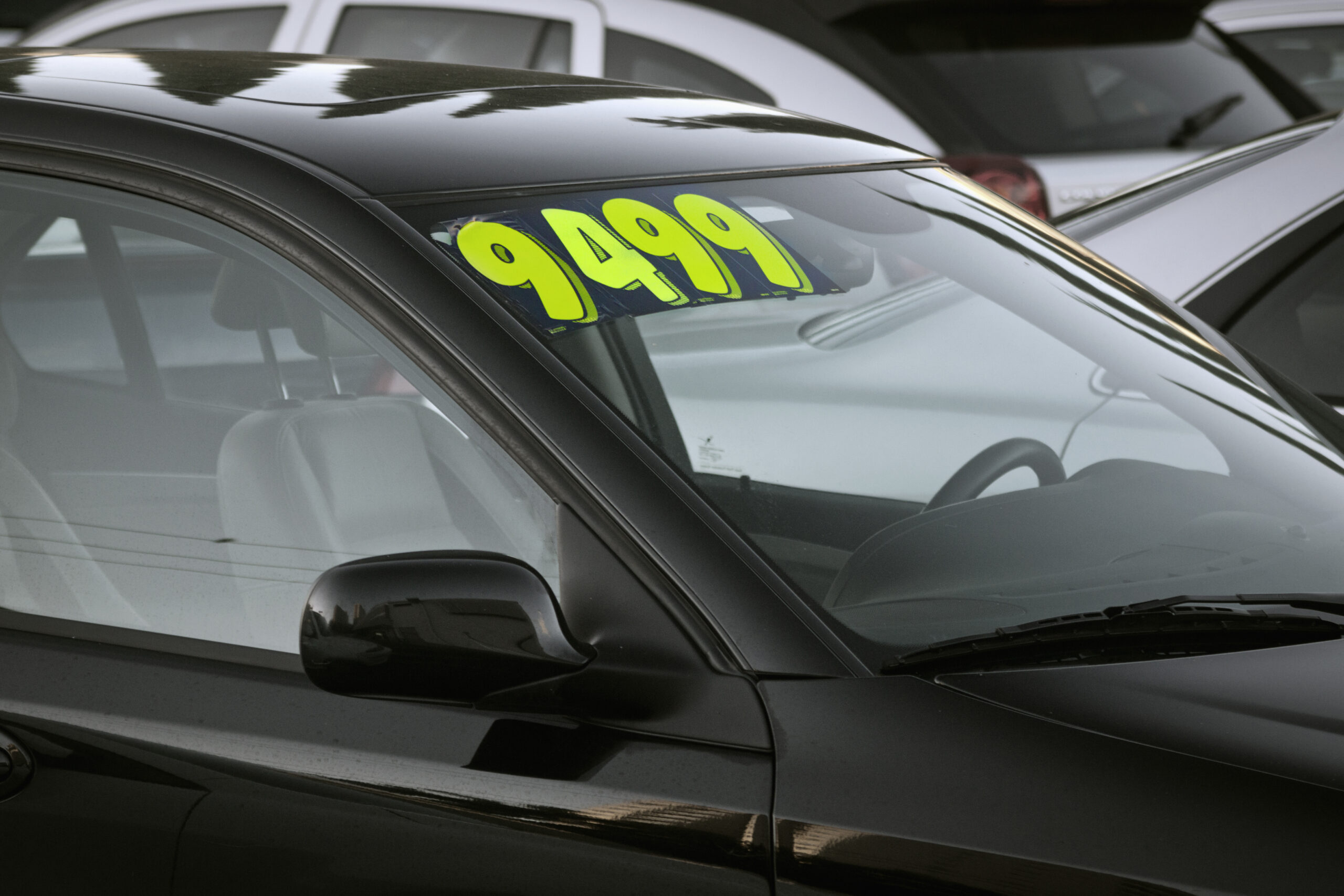If you’re in the market for a used vehicle, you’ll want to make sure you’re making the best purchase possible. However, knowing what to look for in a used vehicle isn’t always obvious. So, in order to help you out, here’s a checklist of things to consider when shopping for a used car. Buying a […]
If you’re in the market for a used vehicle, you’ll want to make sure you’re making the best purchase possible. However, knowing what to look for in a used vehicle isn’t always obvious. So, in order to help you out, here’s a checklist of things to consider when shopping for a used car.
- Research the market price: Do some research to find out what the market price is for the vehicle you’re looking at. This will help you make sure you’re not overpaying for the vehicle.
- Test drive the vehicle: You should take the vehicle for a test drive to get a better feel for how it handles. This is also a good opportunity to check for any mechanical issues or problems with the car. Listen for unusual noises coming from any part of the car, such as squealing brakes, grinding gears or strange engine sounds. Check for vibrations. Take your hands off the steering wheel and see if the car vibrates or shakes on the highway. This could be a sign of a bad suspension system or worn steering components. Check the brakes. Make sure the brakes are responsive and don’t pull to one side when you press down on them. Also look around the car to see if there are any leaks. If there are, this could be a sign of a major mechanical issue. Finally, test the Acceleration and make sure the car accelerates smoothly when you press on the gas. If it doesn’t, this could be indication of a more serious problem.
- Body Condition: Look for signs of rust, dents and other body damage. This will help you determine if the vehicle has been in any major accidents.
- Interior Condition: Check the interior for signs of wear and tear. Look for signs of damage, such as rips and tears in the upholstery, as well as any signs of mold or mildew. Often the condition of the interior of the vehicle will give you an idea of how well the vehicle has been taken care of.
- Tires: Check the tires for signs of wear and make sure that they are properly inflated.
- Lights and Signals: Make sure all the lights and signals are working properly.
- Safety Features: Ensure that all the safety features are functioning as they should. These safety features may include airbags which are designed to deploy in the event of a crash, providing additional protection to the vehicle occupants, Seat Belts which help to reduce the risk of injury in a crash and anti-Lock Braking System (ABS)which help drivers maintain control of their vehicles during emergency braking situations, helping to reduce the chance of a crash.
- Check the vehicle’s history: Make sure you know the vehicle’s history, including any accidents it may have been in or any damage that may have been done. You can get this information from a vehicle history report.
- Get a professional inspection: Before you buy the vehicle, it’s a good idea to have a professional mechanic check it out. They’ll be able to tell you if there are any problems with the vehicle that you should be aware of.
Buying a used vehicle can seem intimidating, but following this checklist can help you make sure you’re getting the best deal possible. If you’d like help inspecting a vehicle you are interested in, we would love to help you out! Just reach out to us or book a service visit anytime.

